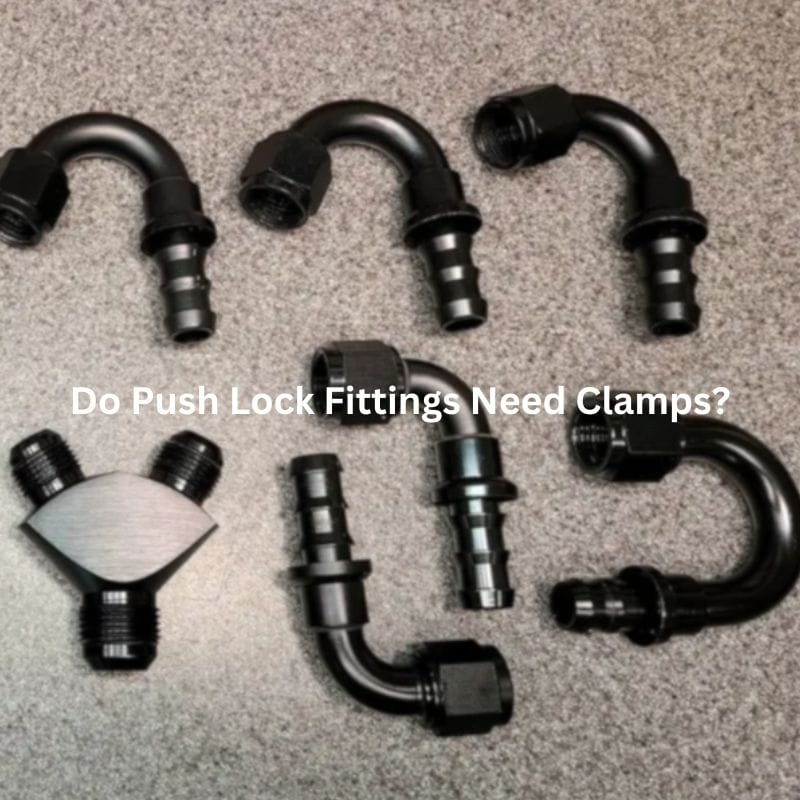
FAQ
How do Push lock fittings work?
Topa offers a wide range of push lock fittings, and they enable simple and fast assembly in the field without the need for additional tools.
What are Push lock fittings?
Push lock fittings, also known as push-in fittings, enable connectors and fittings to be attached to hydraulic hoses in low hydraulic pressure and low air pressure environments.
Do you need clamps with Push lock fittings?
These Push lock fittings are designed to be used without clamps, We also use them on all my fuel lines.
Are Push lock fittings reliable?
Typically, push lock fittings are more durable than permanent adhesives or soldering, and, with their ability to be used in some enclosed areas, the connections are very reliable.
What are the precautions for installing Push lock fittings?
The temperature and size of the hose, the temperature is too low or the diameter is too small, the hose will not be easy to install. The angle of the connector, such as 90 degrees of the connector operation is relatively difficult.
How do you release Push lock fittings?
One is to use the knife directly to cut, and the other is to use the torch to cut after heating first. The second method is recommended, this method has less damage to Push lock fittings
What is the advantage of Push lock fittings?
Convenient installation can be achieved without the need for special catch and compression machines and ferrules, saving time and effort while reducing the damage to Push lock fittings
Can Push lock accessories be reused?
Push lock fittings are reusable. Just replace the hydraulic hose and no special tools are required.
How do you use Push lock fittings?
Push lock fittings are available in different sizes to fit the hoses, you need to press the fittings into the hoses and connect them using a push-lock system.
Where can Push lock fittings be applied?
Push lock fittings can be sealed for quick connection, are suitable for most fuel applications, and are mostly used in low-pressure hydraulic and aerodynamic systems, such as petroleum fuels.











































